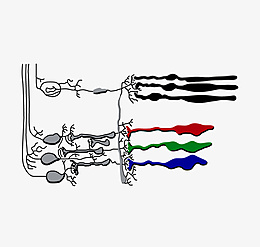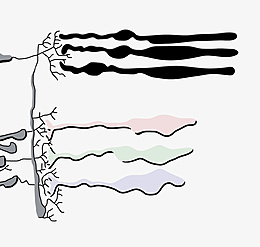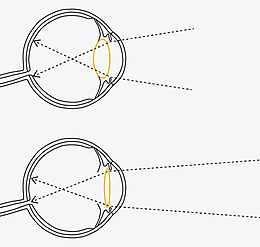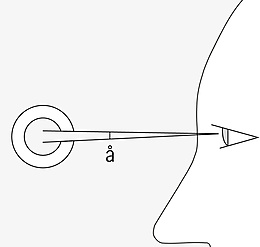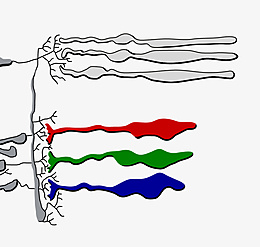
Adaptation is the adjustment of the eye to different luminances. When changing from light to dark and vice versa, adaptation is initially performed by enlarging or reducing the pupil. Most of the adaptive capability is provided by two photoreceptors on the retina. The receptors are effective in the dark, i.e. in the area of night vision (scotopic vision), the cones enable day vision (photopic vision), whilst in the transitional area of twilight vision (mesopic vision) both receptor systems are activated.


